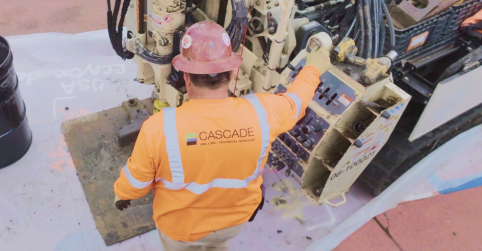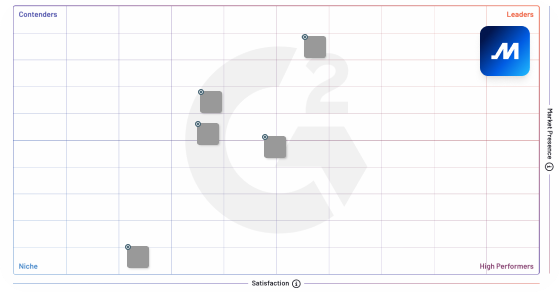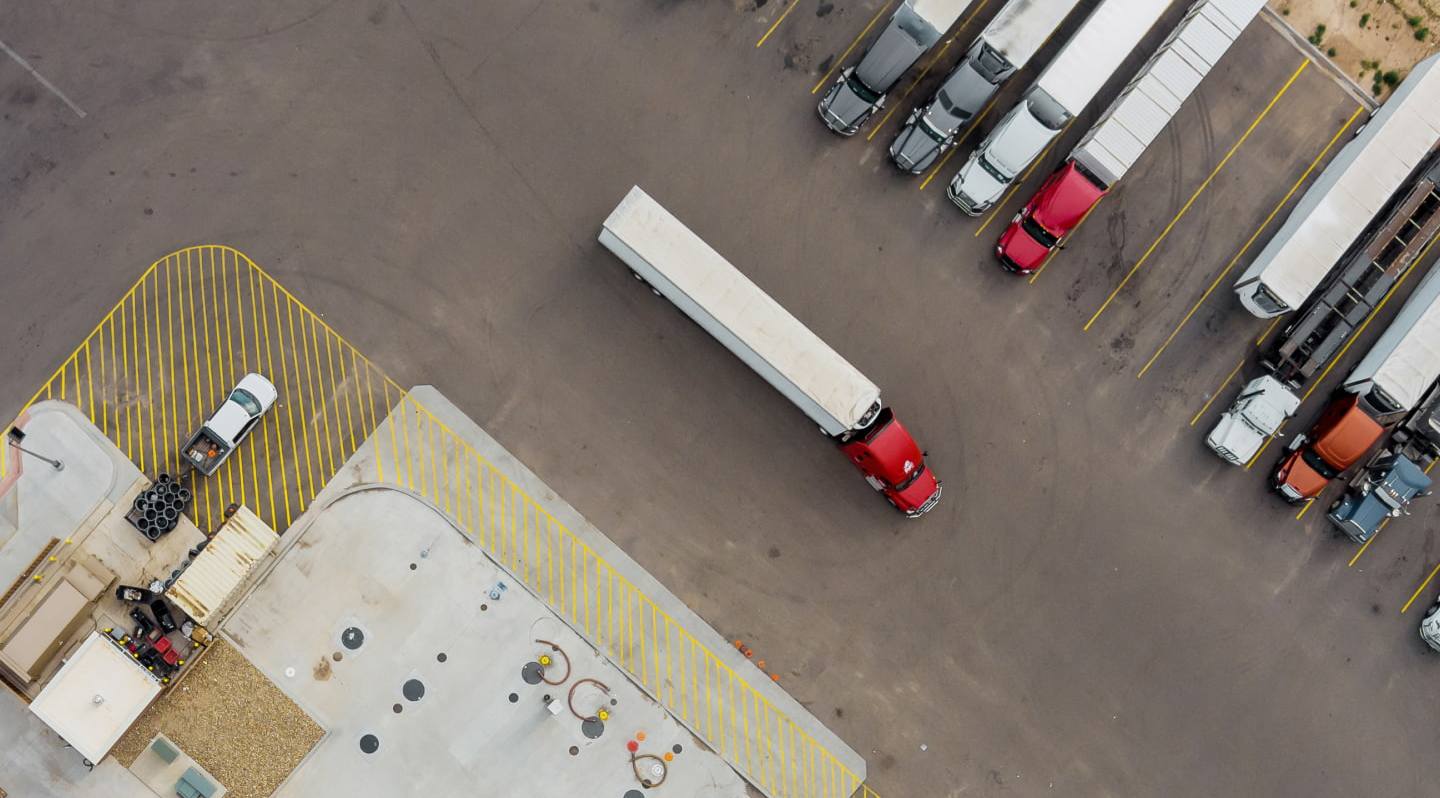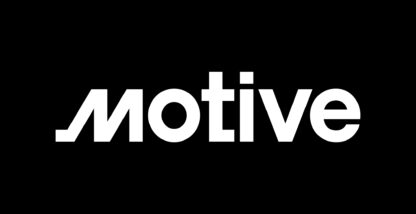Whether you manage a fleet of hundreds of vehicles or you’re an owner-operator, you should always be prepared for Department of Transportation (DOT) audits.
Any carrier with an active USDOT authority can be audited. All new carriers are required to go through a new entrant audit within 18 months of obtaining their operating authority. Otherwise, compliance reviews are triggered by Compliance, Safety, Accountability (CSA) percentiles. Failing an audit can have severe consequences, including losing your USDOT registration and being placed out of service.
We recognize the importance of passing DOT audits, and we want to ensure your audits go smoothly. Here, we’ll tell you how to prepare for a DOT audit and how you can use Motive’s fleet management solution to make your DOT audit preparation easier.
What is a DOT audit?
With an estimated 5 million trucks and bus drivers on the road with more than 250 million motorists, the Federal Motor Carrier Safety Administration (FMCSA) has a Safety Measurement System to “identify motor carriers that pose the greatest risk to safety.” The DOT audit identifies potentially risky carriers for timely intervention.
The audit evaluates safety performance and confirms proper recordkeeping in the six regulatory categories covered next.
Categories of a DOT audit
The DOT requires fleets to maintain the previous six months’ worth of logs and DVIRs, which can leave a lot of room for error. Problems discovered by a DOT audit can lead to fines for both companies and drivers. And in extreme cases, can result in a business closing. Familiarizing yourself with some inspection categories and the process is one way to stay on track with the DOT.
General
A fleet must provide documentation of proper insurance for their carrier and the type of cargo being transported.
Driver records
A carrier should be able to provide documentation proving the correct licensing for all drivers operating a commercial motor vehicle (CMV). The carrier must also maintain records of drug and alcohol testing for all company drivers.
Operational
The DOT requires six months of logs and supporting documents for all drivers employed during the six-month period under evaluation. DVIR requirements can be found in 49 CFR Part 396. The DOT examines these logs for hours of service violations, Form and Manner errors, and/or falsification of logs.
Vehicle
A CMV that has been registered with a carrier for 30 or more days must be regularly inspected, repaired, and maintained. The DOT requires records of these reports, which should also include basic information about the vehicle, including model, year, identification number, and tire size. A carrier is expected to keep these records on file for at least 12 months.
Hazardous materials
A carrier must keep records of any hazmat-related documentation, including licenses, storage information, labels, and placards. The carrier must also submit proof of required training for the transport of hazardous materials.
Accidents
Carriers must maintain a record of all driver accidents and injuries for review by the DOT to ensure the accuracy of company records and confirm that FMCSA regulations are met.
Want to know more about preparing for the new entrant audit? View this DOT guide.
How to prepare for a DOT audit
A roadside DOT inspection can surprise you. Typically, you’ll get notice of a DOT safety audit but you’ll want to prepare for it. Fleets can even monitor CSA scores to see if poor scores could push them over into intervention thresholds.
Of course, the easiest way to pass a DOT audit is by being a compliant trucker or fleet manager. Fleets need to keep records organized, accurate, current, and accessible. Get ready for expected or unexpected audits. With fleet management software, you can make compliance practices and documentation easier to manage.
You can also take proactive steps to reduce the likelihood of violations by:
- Using PSP reports when hiring
- Coaching drivers to improve safety
- Using a fleet management solution to track vehicle maintenance
- Know what you need to about ELD compliance
DOT audit checklist
DOT audits aren’t easy. They can be anxiety-inducing and time-consuming. But you can make the process a lot easier by knowing what’s expected and by following this DOT audit requirements checklist.
At the end of the day, it’s your responsibility to understand the regulations and follow them.
FMCSR copy
The first thing you need to pass a DOT audit is a copy of the Federal Motor Carrier Safety Regulations (FMCSR). You can purchase one from the U.S. Government Printing Office at the GPO Bookstore or access the current Code of Federal Regulations, Title 49 online. You can download and print the online version for free.
MCS-90 form
You’ll need to have evidence of insurance (minimum coverage $750,000). The insurance value required can go as high as $5 million depending on what’s being transported. The MCS–90 form is the Endorsement for Motor Carrier Policies of Insurance for Public Liability under Sections 29 and 30 of the Motor Carrier Act of 1980.
Policy for drug and alcohol use testing
Carriers need to document their drug and alcohol use testing. Records of pre-employment drug and alcohol tests as well as random testing program results are necessary. The auditor may also want evidence of drug and alcohol misuse prevention programs and should be accessible if requested.
Pre-employment drug tests
In addition to proof of ongoing testing, you must also be able to document the initial pre-employment drug tests for your drivers.
Motor Vehicle Records (MVRs)
You must keep Motor Vehicle Records (MVRs) for three years for each driver. Request these of every driver every 12 months to have the information at the ready.
CDL proof for all drivers
All commercial motor vehicle drivers need an active and compliant commercial driver’s license (CDL) or operator’s license (with all proper endorsements).
Driver logs
Driver logs and supporting documentation will demonstrate HOS tracking and tie into the electronic logging device (ELD) requirement.
Vehicle list
The fleet needs to provide an up-to-date vehicle list identifying the asset’s unit number, vehicle identification number (VIN), plate number, tire size, and registration state. You also need to document that each CMV passed vehicle inspection in the prior 12 months.
Vehicle maintenance records
For each vehicle you’ll need to keep a record of the maintenance schedule, when it was last serviced and when it will next be in for service. Records for all inspections, maintenance, lubrication, and repairs need to be kept for one year while the unit is in service, and six months after the unit leaves service.
DOT security plan
If your drivers are transporting hazardous materials, the auditor will be looking for a written DOT security plan. This outlines how you minimize risks, prevent unauthorized access, and ensure employees are trained to take action in the event of a breach.
Post-trip inspection reports
Also known as a Driver Vehicle Inspection Report (DVIR), these reports record any vehicle fault conditions the driver is aware of at the end of a trip. Post-trip inspection reports are to be retained for three months, with either one or three signatures (§396.11 and 396.13).
Automatic failure violations for the DOT safety audit
If a violation is found during an audit, the carrier will be notified. The auditor will also provide an explanation of how to address the violation and get into compliance.
Some violations are egregious enough to cause a carrier to automatically fail the audit. Carriers need to know what they are to avoid them. Automatic fail criteria include the following violations.
Alcohol and drugs violations
- No alcohol and/or controlled substances testing program
- No random alcohol and/or controlled substances testing program
- Using a driver who refused a required alcohol or controlled substances test
- Using a driver known to have an alcohol concentration of 0.04 or greater
- Using a driver who tested positive or altered or substituted a test for controlled substances
Driver violations
- Using a driver without a valid Commercial Driver’s License (CDL)
- Using a disqualified driver
- Using a driver with a revoked, suspended, or canceled CDL
- Using a medically unqualified driver
Operator violations
- Operating a motor vehicle without having the required level of insurance
- Failing to require drivers to make Hours of Service records (logbooks)
Repairs and inspection violations
- Operating a vehicle declared out of service (OOS) for safety deficiencies before repairs are made
- Not performing OOS repairs reported in driver-vehicle inspection reports (DVIRs)
- Operating a motor vehicle not annually inspected
How to use Motive to pass your DOT audit
Motive can help take the fear out of DOT audits and get through one much more efficiently.
Drivers can easily manage their HOS with the Motive Driver App. The app is easy to learn. And based on the ratings, drivers love it because they can:
- View, sign, and add notes to their DVIRs directly in the app
- Streamline the vehicle inspection process
- Keep all inspection reports in one central place
Drivers can register for a free Motive account by downloading it from Google Play or the App Store.
The Motive Compliance Hub makes it possible for fleet managers to identify problem areas before the DOT visits.
- Get 360-degree view into compliance health pinpoints actions requiring immediate attention and resolve violations faster.
- Use CSA Insights to proactively monitor scores that could foretell an audit.
- Avoid audit failure due to lost or misplaced logs, or Form and Manner errors.
- The Compliance Hub Logs page allows fleet managers to filter driver logs by date and violation type. When it’s time to submit your driver logs and inspection reports to the DOT, you simply filter by date and click download to print.
Our 24/7 Support team is also here to assist. If you receive what you believe is a wrongful citation during an audit, you can reach out to us for help. Set up a free account today.








